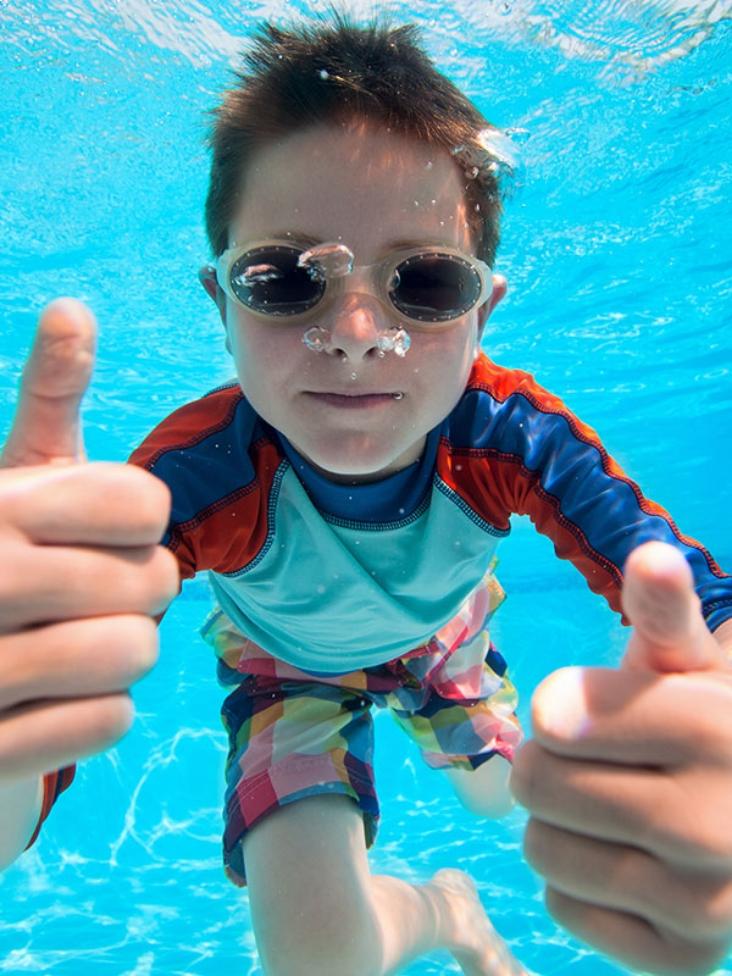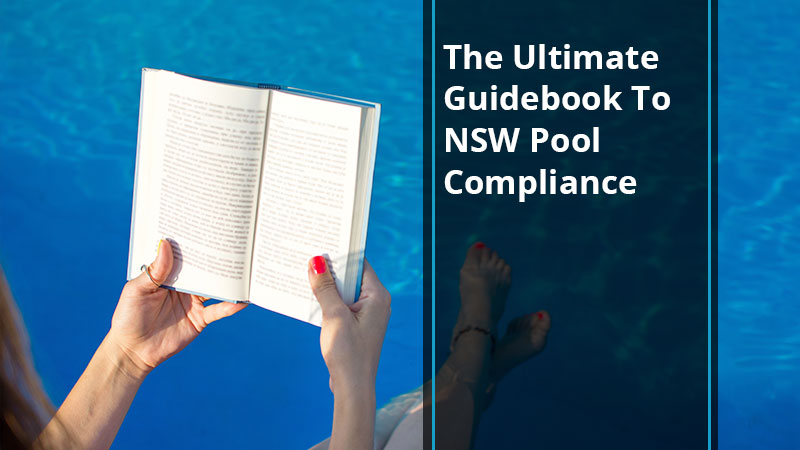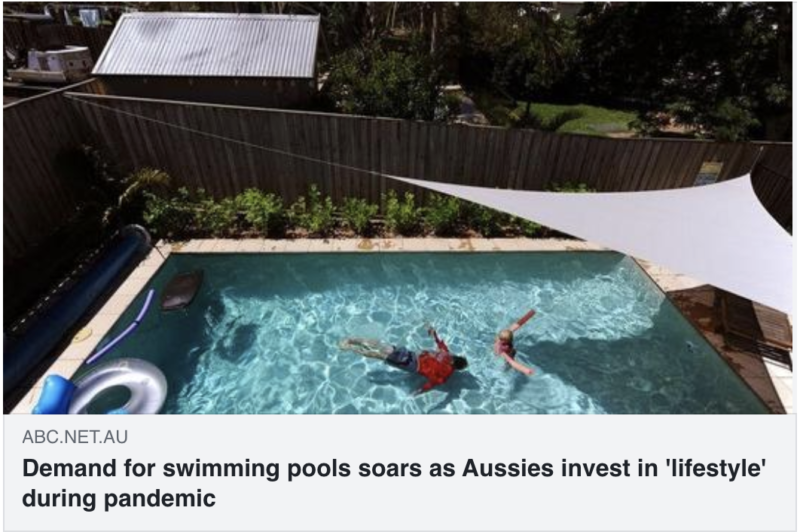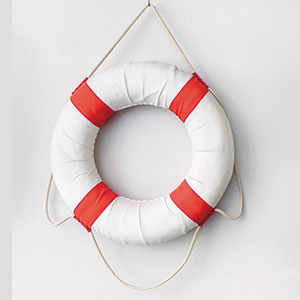Backyard cricket, barbecues, 40-degree summer heat and swimming pools – the epitome of the Australian lifestyle. With almost 2.7 million Australians living on a property with a pool, there are more than 374,000 pools owners in NSW – that’s a lot of Aussie lifestyle.
But there’s more to pool ownership than pool parties and playdates.
The Royal Life Saving Australia National Drowning Report – which you can read >here – shows pool safety works.
Welcome to the Ultimate Guidebook To NSW Pool Compliance – where all your pool safety compliance questions are answered – and more.
What is a pool?
NSW Fair Trading defines a pool >here as
- any excavation, structure or vessel including swimming pools and spa pools
- capable of being filled with water to a depth greater than 30cm, and
- used, designed, manufactured or adapted for swimming, wading, paddling or any other human aquatic activity
Swimming pools include concrete pools, fibreglass pools, inflatable pools, temporary pools, wading pools, above ground pools and spa pools. A spa pool is classified as a swimming pool but includes any excavation, structure, or vessel in the nature of a spa pool, flotation tank, tub – though not a spa bath.
Essentially, a swimming pool, swimming pool spa, swimming bath, wading pool or paddling pool is designed as a structure to hold water for swimming and other water activities while adding value and lifestyle benefits to a property.
What is pool safety compliance?
Statistics show the majority of drownings in private swimming pools occurred with children aged 0-4 years, with inadequate pool fencing a major factor contributing to these drownings.
The ultimate goal for pool compliance is to prevent these drownings while specifically focusing on pool fence and barriers.
Pool compliance means your pool meets the legal pool safety requirements for your state for
- height and strength of barriers
- non-climbable zones
- gates and their latching requirements,
- preventing direct access from a building into a pool area, and
- adequate signage
Do I need to register my pool?
As the first step to preventing children drownings aged 0-4 in private swimming pools, state pool registers were set up to track and monitor each pool.
In NSW, all residential pools must be registered with the NSW Swimming Pool Register.
Failure to register your pool can result in a fine.
What is a pool safety compliance certificate?
A pool safety compliance certificate certifies a swimming pool or swimming pool spa’s fences and barriers meet the state safety requirements.
In New South Wales, pool compliance certificates are issued by certified and council pool safety inspectors.
This certificate needs to be renewed every 3 years.
If a certified or council pool safety inspector finds a pool does not meet the swimming pool spa fences and barriers safety requirements, a certificate of non-compliance is issued.
This certificate is valid for 12 months, allowing any necessary rectification works to be completed.
Why do I need a pool safety compliance certificate?
In 2016, NSW laws required all properties with a swimming pool or spa pool to comply with the pool safety laws with valid safety certification, such as
- certificate of compliance
- certificate of non compliance, or
- relevant occupation certificate
As part of the delicious paperwork to maintain a wonderfully safe standard of living, a pool safety compliance certificate is needed when
- selling or leasing a property with a swimming pool or spa
- building a new swimming pool or spa on a property
- a new fence is being built around an existing swimming pool or spa
- a property is purchased with a pool or spa 90 days from settlement
- running a family day care, home care or at-home child care facility
- requested by your bank applying for or refinancing your home loan, or
- directed by council
What is the pool safety standard?
In NSW, the requirements for pool and spa barriers and fences depend on when the pool was built and where the pool is located.
NSW Fair Trading has 3 pool safety standards – which can be read >here. They are set according to when the pool was constructed
- AS 1926-1986, fences and gates for private swimming pools which applies to pools constructed prior to 30 August 2008
- AS 1926.1 – 2007, swimming pool safety, Part 1 safety barriers for swimming pools which applies to pools constructed between 1 September 2008 to 30 April 2013
- AS1926.1 – 2012, swimming pool safety, Part 1 safety barriers for swimming pools constructed after 1 May 2013
These standards cover
- pool and spa fences and barriers
- NCZ non-climbable zone
- pool gate latch safety, and
- CPR Signage
What is a pool safety inspector?
In NSW, pool safety compliance certificates are issued by certified and council pool safety inspectors.
Essentially, the pool safety inspector’s role is to
- inspect pools, spas and barriers, and
- lodge the inspection and details through the NSW Swimming Pool Register
What happens at a pool safety inspection?
Armed with a tape measure, your pool safety inspector completes an onsite inspection within 45 minutes. They’ll check your pool, spa and barriers are compliant and write up a detailed report is written up including photos with descriptions and explanations on rectifications. And, you don’t have to be present for the inspection – check the next FAQ.
Do I need to be present for the inspection?
As long as we have access to the pool area, you don’t need to be present – which saves you time (when we always want to save you time and money). If you’re concerned you won’t understand exactly what issues you need to address, you are emailed a detailed report including photos with descriptions and explanations on rectifications.
Read our article “Our Response To COVID-19 (coronavirus) > here – and how we maintain the health of our customers and community as our number one priority – with easy-to-use online and automated systems in addition to rigorous hygiene procedures (we do love the smell of fresh chlorine in the morning!)
What happens after the pool safety inspection?
Once the inspection is complete, your paperwork reaches you.
If your pool is
- compliant, you’ve got a gold star in pool safety and receive your pool safety certificate
- not compliant, you’ll receive your non compliant certificate with a report for rectifications. This certificate is valid for 12 months, allowing any necessary rectification works to take place and solve those pool safety issues
Once rectification work is complete, your pool safety inspector returns to inspect all over again to issue your pool compliance certificate.
What if my pool is not compliant?
That’s OK. Pools are frequently not compliant because small rectifications are required.
If a pool safety inspector finds a pool does not meet the swimming pool spa fences and barriers safety requirements, a non compliance certificate is issued. This is valid for 12 months, allowing any necessary rectification works to take place and solve those pool safety issues.
If your pool is not compliant, by law, we have to notify Council 6 weeks after the first inspection.
Rectifications may require the skills of a contractor builder. Be sure to pick the right builder who gets the job right the first time and saves you from spending money unnecessarily.
The best questions to ask your builder are
Do you know pool safety compliance?
I’m in NSW: what standard do I comply to?
Do you know how to do the rectification works to meet pool safety compliance?
What can I do for a compliant pool? Can I DIY Pool Safety?
You certainly can DIY Pool Safety – and do all the hard work before the pool safety inspector arrives.
Check
- trees and vegetation are not in the 900mm arc of the non-climbable zone
- fences are at least 1800mm high with no more than 100mm gaps in between and under fences
- gates are self-closing
- CPR sign is in the vicinity of the pool
Need more details? The Ultimate PoolSS Safety Checklist has everything you need to navigate the Pool Safety Australian Standard >here
Happy Pool Compliance!
The Ultimate PoolSS Safety Checklist
Pass your Pool Safety Inspection the First Time.
Forget Government pool compliance checklists. Pool compliance is difficult. So we created the Ultimate PoolSS Safety Checklist to make DIY Pool Safety simple. No matter what state you live in, the Ultimate PoolSS Checklist has you covered.
Double tap and save directly to your phone.
Or hit Download Now to save to your files and use as a real-time fillable checklist.


Disclaimer: The Ultimate PoolSS Safety Checklist is a guide only, and does not constitute acknowledgment or approval of compliance or safety.
If you check "No" to any of our questions, we recommend you Book Inspection with your pool safety inspector.
Got Questions? We've Got Answers.
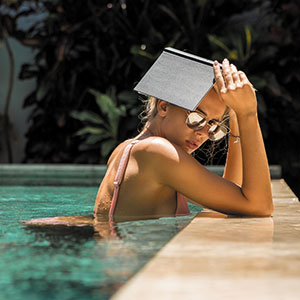
? Put The 'Fun' into Fundamentals
Learn Up
? Pool Fences & Barriers
⛔ NCZ Non-Climbable Zone
? Pool Gate Latch
? Pool Signage

